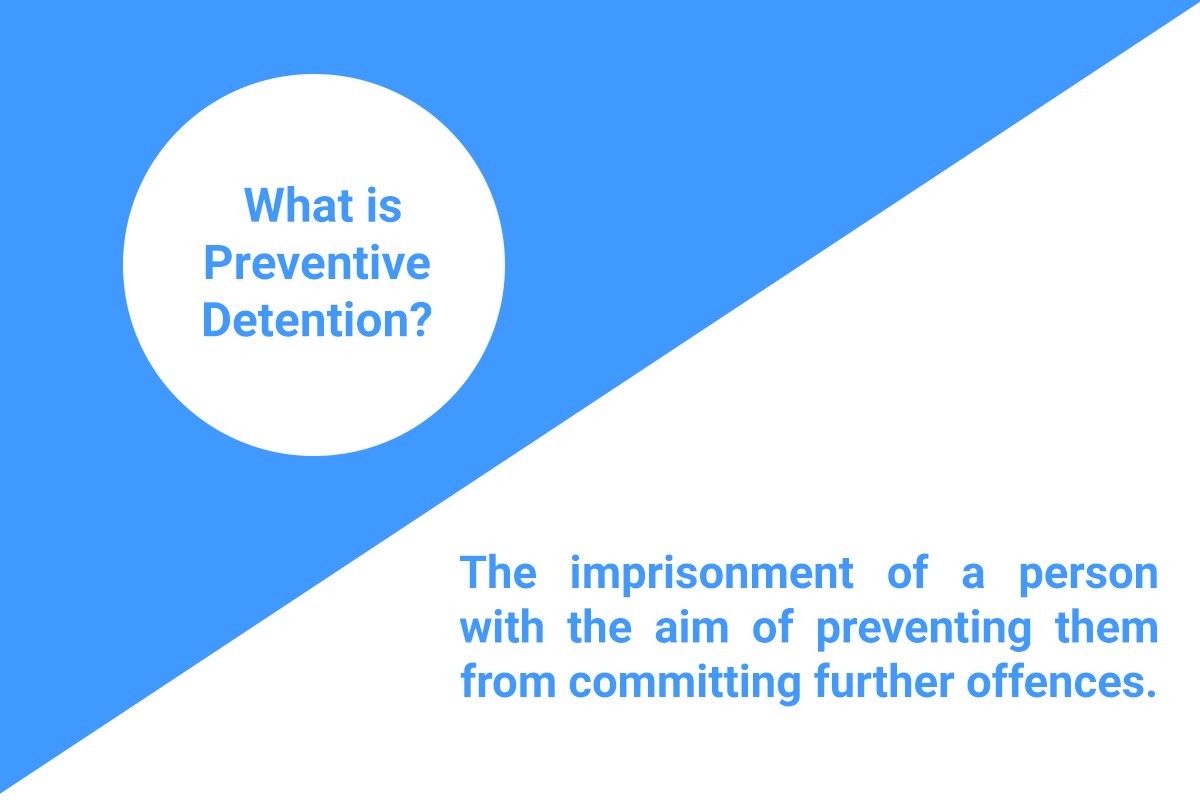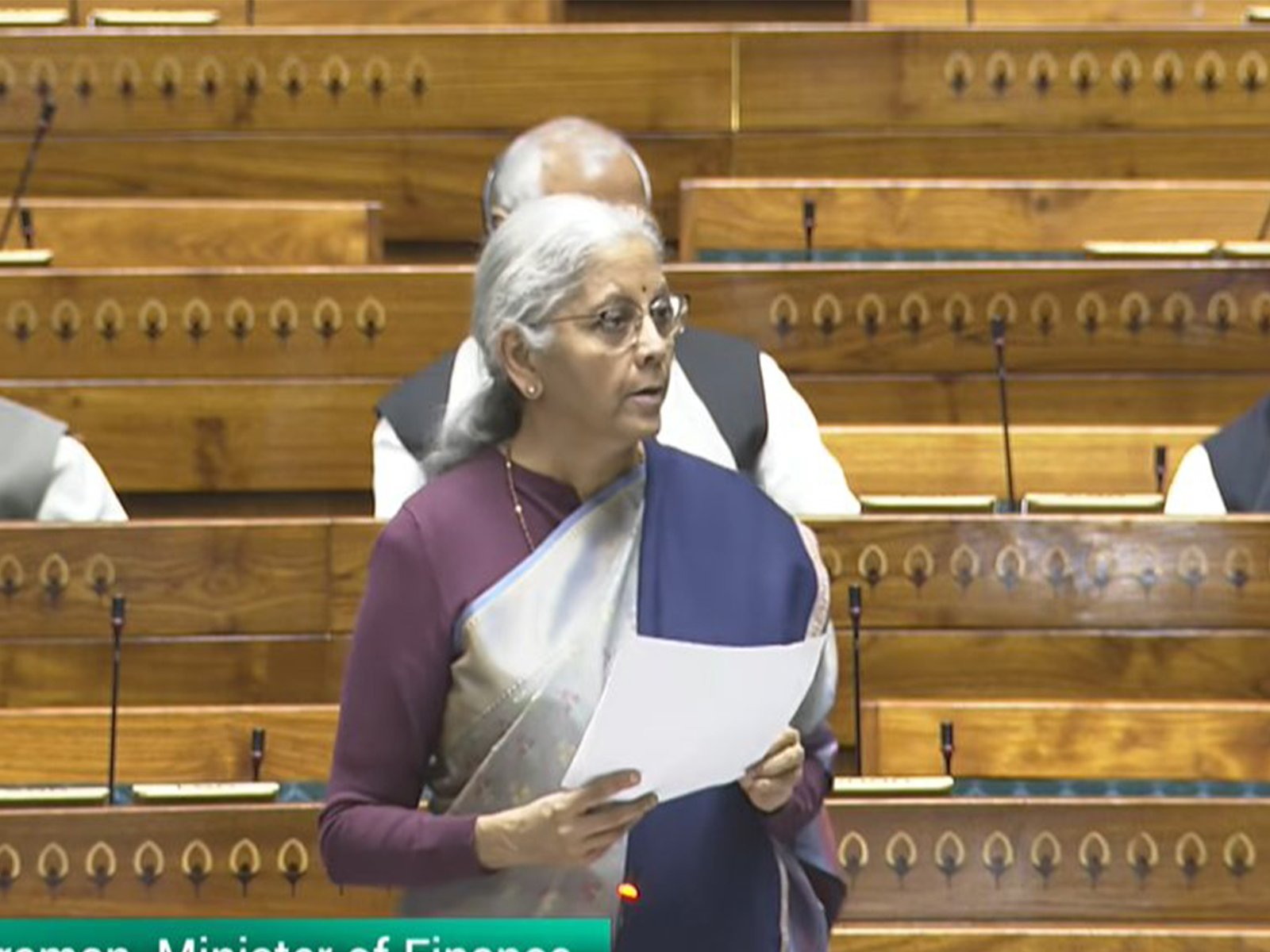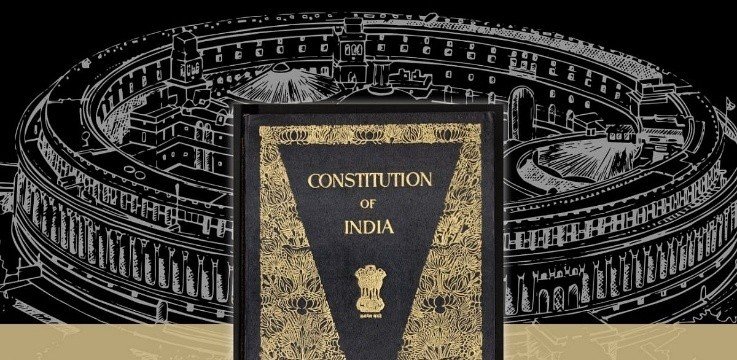Context
Preventive detention, though intended as an exceptional power under Articles 22(3)–(7), is often misused by executive authorities, creating a constitutional “Bermuda Triangle” where fundamental rights like liberty, equality, and due process vanish amid blurred lines between public order and dissent.
What is Preventive Detention?
Preventive detention refers to the state’s power to detain a person without trial, based on the anticipation of future threats to public order or national security. Unlike punitive detention, which follows conviction, preventive detention is pre-emptive and often bypasses traditional safeguards like fair trial and presumption of innocence.
Historical Background
- Colonial Origins: The practice dates back to the Bengal Regulations of 1818, used by the British to suppress dissent.
- Government of India Act, 1935: Empowered provinces to enact preventive detention laws.
- Post-Independence: Despite its colonial roots, India retained and expanded preventive detention laws, citing communal unrest and national security concerns.
Constitutional Provisions
- Article 22(3)–(7): These clauses constitutionalize preventive detention, allowing the state to detain individuals without trial under certain conditions.
- Parliament can legislate to bypass advisory board review in special circumstances.
- Critics argue that Article 22 creates a “Police-Constable Constitution”, isolating detainees from the protections of Articles 14, 19, and 21.
Judicial Interpretations
- Early Cases: K. Gopalan v. State of Madras (1950): The Court upheld preventive detention, limiting scrutiny to Article 22 and rejecting broader fundamental rights claims.
- Progressive Shift: Maneka Gandhi v. Union of India (1978): Expanded Article 21 to include fair, just, and reasonable procedure, integrating Articles 14, 19, and 21 as a “Golden Triangle” of rights.
- Regression: A.K. Roy v. Union of India (1982): The Court reverted to a narrow interpretation, excluding preventive detention from the scope of Articles 14, 19, and the enriched Article 21.
- Recent Cases:
- Rekha vs State of Tamil Nadu (2011): The power of preventive detention is an exception to Article 21 and must be treated as such.
- Banka Sneha Sheela v. State of Telangana (2021): Any action involving preventive detention must be tested against the standards of Article 21.
- K. Nazneen v. State of Telangana (2023): Preventive detention was not justified when the case pertained to a mere law and order issue rather than a public order concern.
- Dhanya M. v. State of Kerala (2025): The Supreme Court emphasized that preventive detention must be used sparingly, only for public order (serious threats), not mere law and order issues (minor disturbances). It reaffirmed that such detention is an exception to Article 21 and must meet strict constitutional safeguards.
Contemporary Relevance
- Laws like KAAPA (Kerala Anti-Social Activities (Prevention) Act, 2007) are criticized for vague definitions of “goonda” and “rowdy”, enabling misuse.
- Despite judicial warnings, executive overreach continues, with preventive detention often used to circumvent bail or target dissenters.
Challenges and Way Forward
| Challenges | Way Forward |
| Executive Overreach: Detention for minor law and order issues. | Restrict to serious threats like terrorism or organized crime. |
| Weak Procedures: Limited judicial oversight. | Strengthen judicial review and advisory boards. |
| Broad Legal Definitions: Terms like “goonda” too vague. | Narrow scope and clearly define public order. |
| Violation of Rights: Undermines fundamental rights. | Apply fair procedure, proportionality, and due process. |
| Risk of Misuse: Targeting dissenters or political opponents. | Implement transparent and accountable procedures. |
Conclusion
Preventive detention should remain an exceptional measure for serious threats. Overuse risks undermining liberty, fairness, and justice. Clear laws, stronger judicial review, and strict limits are needed to prevent a pre-crime system in India.
| Ensure IAS Mains Question Q. “Preventive detention in India has been described as a constitutional ‘Bermuda Triangle’ where fundamental rights disappear.” Discuss this analogy in the context of Articles 22(3)–(7), key judicial interpretations, and the risks of executive overreach. (250 words) |
| Ensure IAS Prelims Question Q. Consider the following statements about Preventive Detention: 1. It is the power of the state to detain a person without trial, based on the anticipation of future threats to public order or national security. 2. Articles 22(3)–(7) of the Constitution allow preventive detention, and Parliament can legislate to bypass advisory board review in special circumstances. Which of the statements given above is/are correct? a) 1 only b) 2 only c) Both 1 and 2 d) Neither 1 nor 2 Answer: c) Both 1 and 2 Explanation: Statement 1 is correct: Preventive detention allows the state to detain a person without a trial, based on the anticipation of future threats to public order or national security, distinguishing it from punitive detention, which follows conviction. Statement 2 is correct: Articles 22(3)–(7) constitutionalize preventive detention, specifying the conditions and duration under which it can be applied. Parliament can also enact laws to bypass the advisory board review under special circumstances, but such detention remains subject to constitutional safeguards. |
Also Read | |
| UPSC Foundation Course | UPSC Daily Current Affairs |
| UPSC Monthly Magazine | CSAT Foundation Course |
| Free MCQs for UPSC Prelims | UPSC Test Series |
| ENSURE IAS NOTES | Our Booklist |





